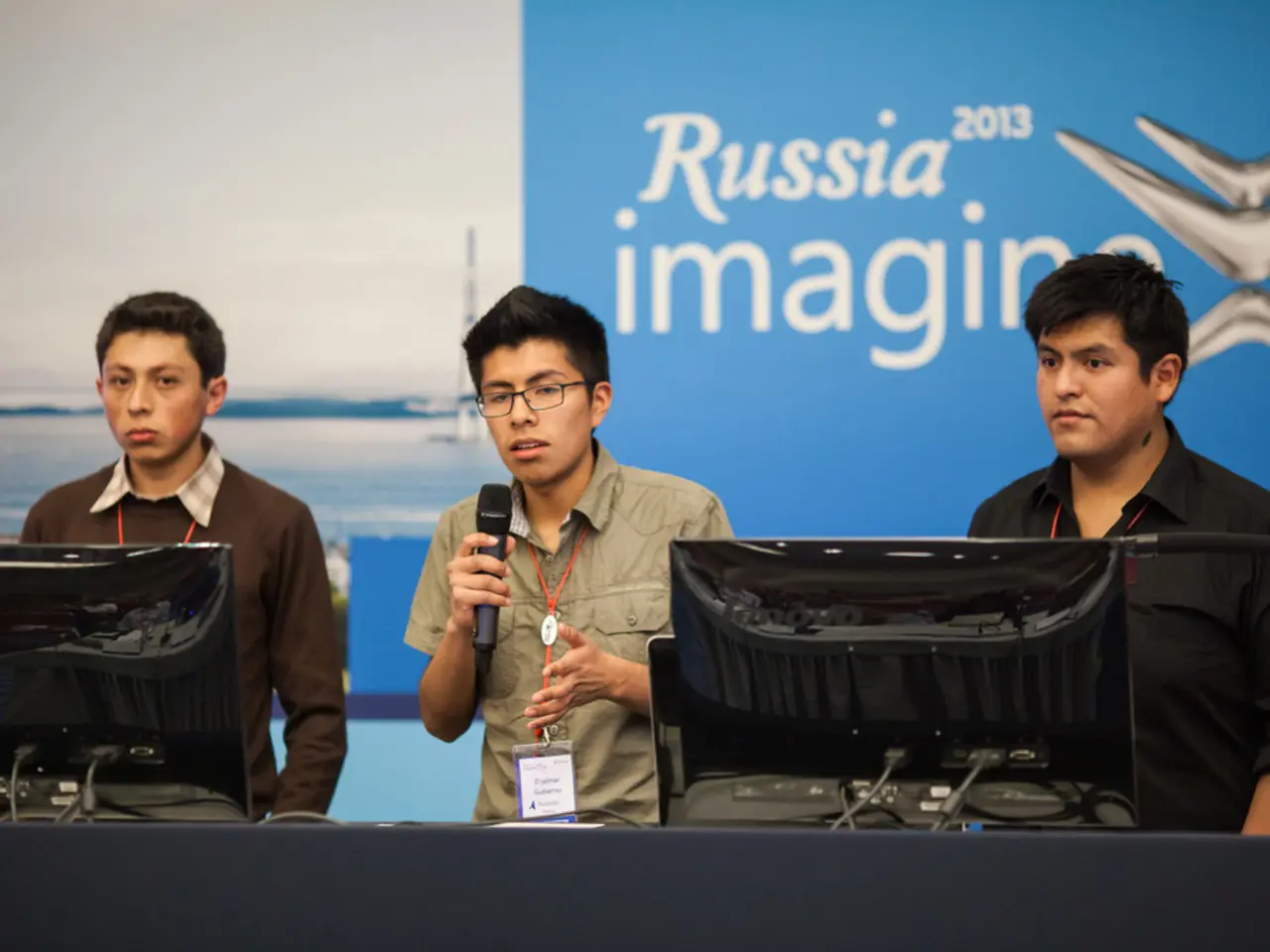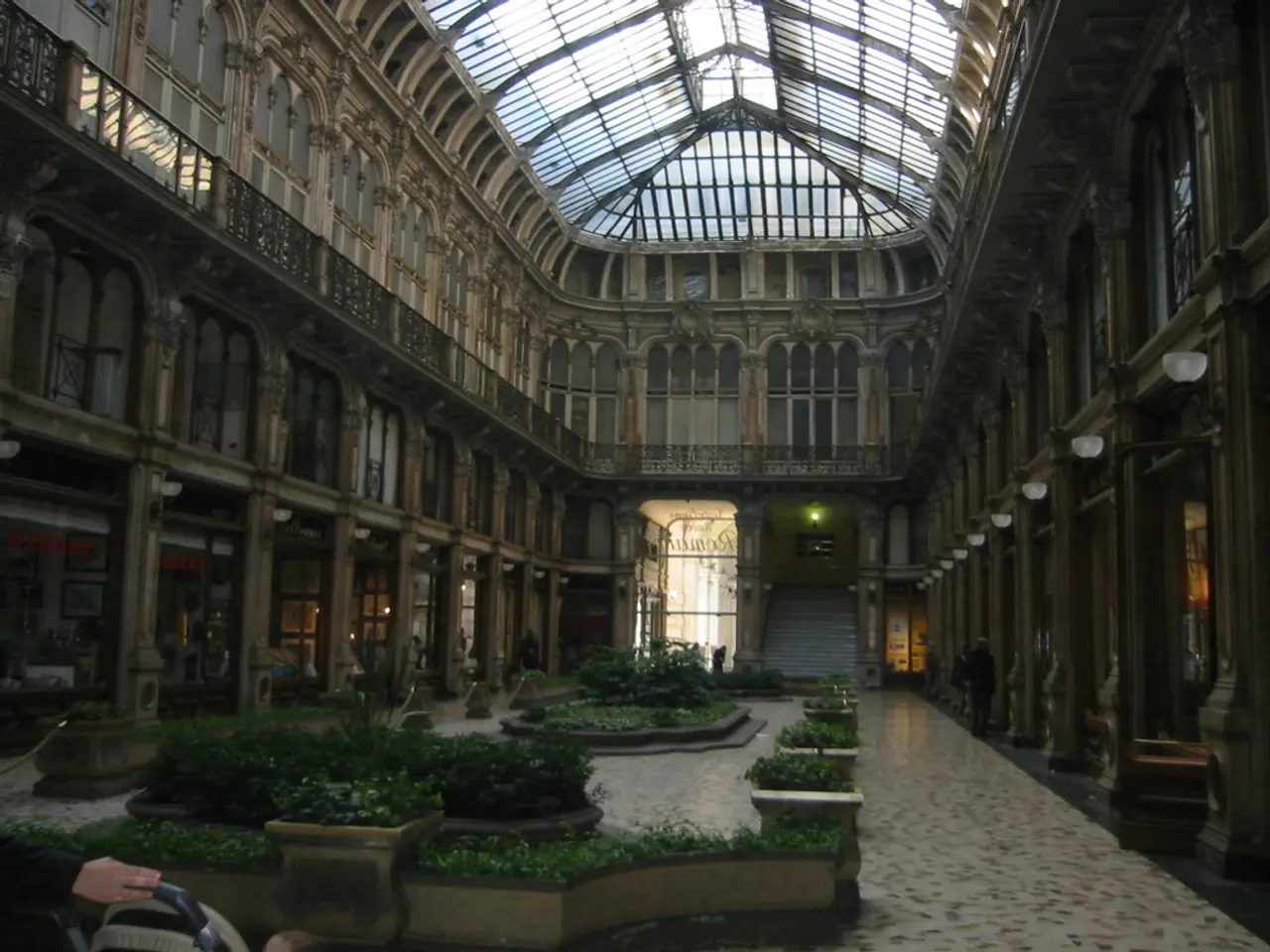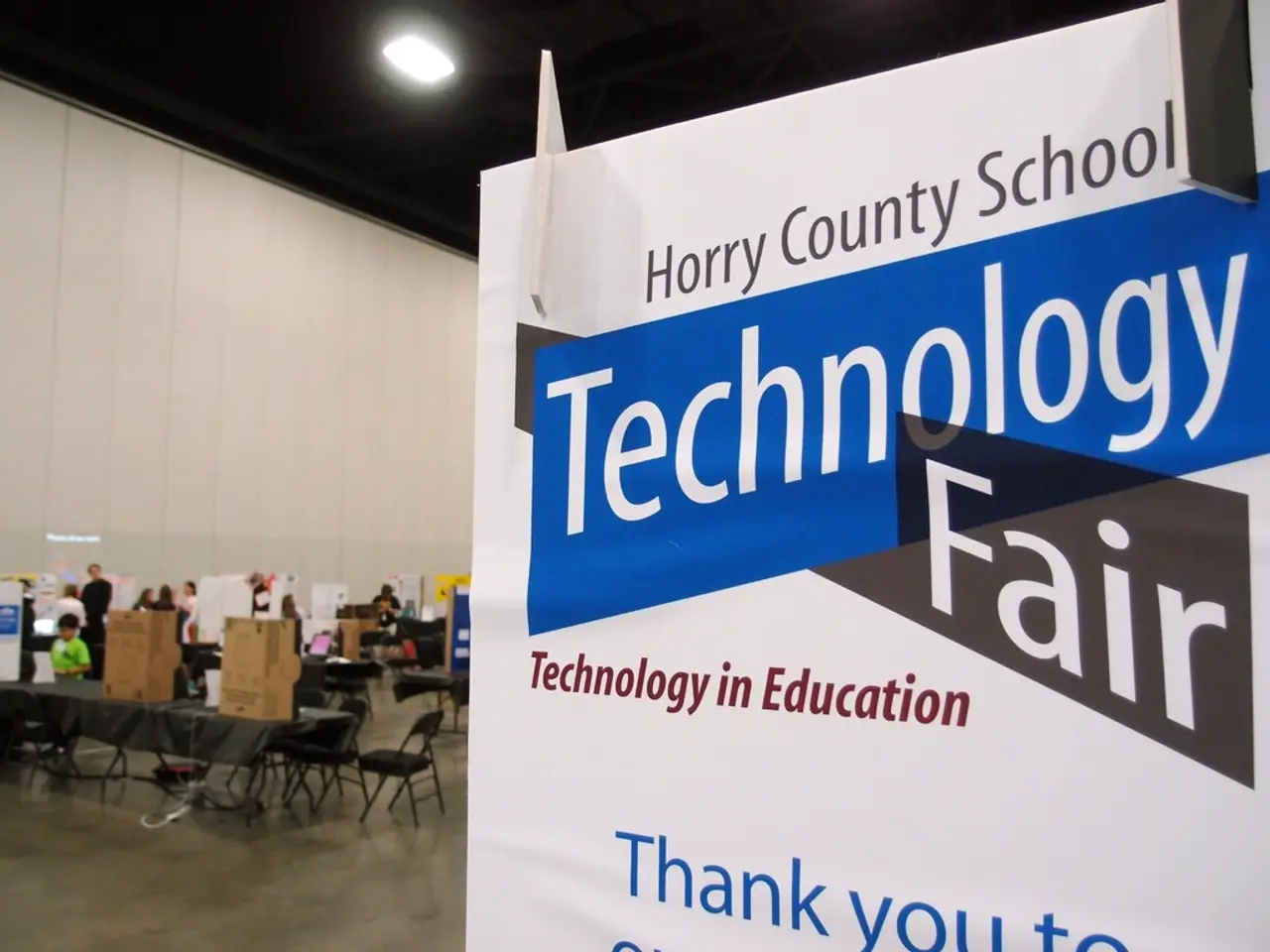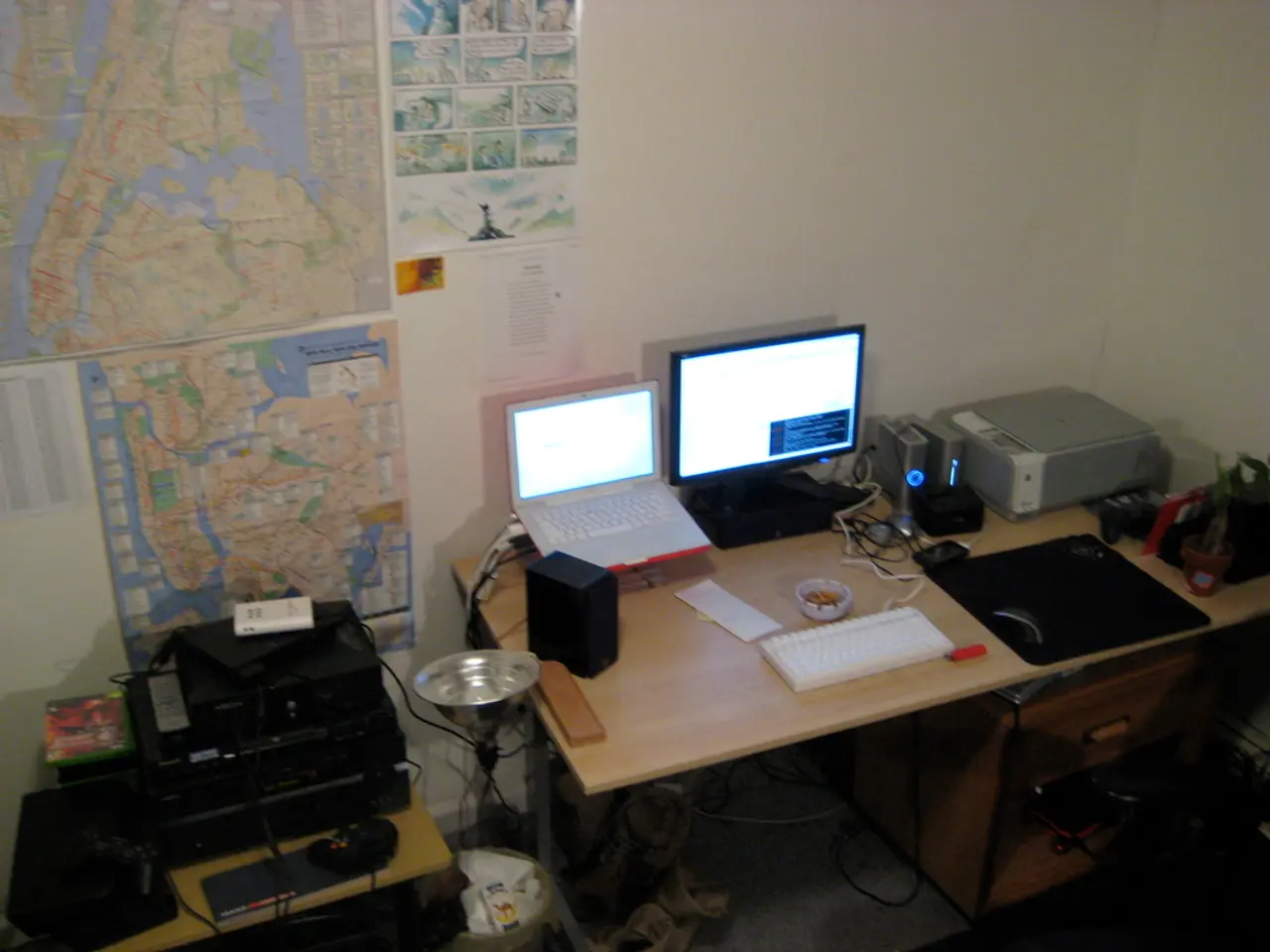The Future Prospects of User Experience Design
In the ever-evolving digital landscape, User Experience (UX) design continues to play a pivotal role in shaping how we interact with technology. As we move towards 2025, several trends are emerging that are set to redefine UX design and interface development.
One of the most significant trends is the integration of Artificial Intelligence (AI) for personalized and automated user experiences. AI tools are now acting as co-designers, automating repetitive tasks, generating layouts, and personalizing user experiences in real-time. This results in more intuitive and targeted digital interactions [1][2].
Another trend is the incorporation of immersive 3D and tactile design elements. Digital interfaces are becoming more realistic and engaging, with the use of sculptural typography, textured surfaces, and dynamic layering. This shift towards tactile maximalism, with its bold colours, asymmetry, and intense textures, creates visually rich environments [1][3].
Simplicity remains important, particularly in mobile UX design. However, micro-interactions, such as functional chat interfaces, subtle animations, and responsive feedback to user actions, keep interfaces clean yet interactive [4].
Voice and gesture interfaces are also gaining traction, offering more natural, accessible, and hands-free user interactions [1][2]. Emerging UI styles like neumorphism and glassmorphism use soft shadows and semi-transparent elements to create modern, elegant aesthetics that feel subtle yet tactile [2][4].
Human-centered and adaptive design is increasingly emphasized, focusing on accessibility, personalization, and enhancing usability and inclusivity across devices and user needs [1].
Virtual Reality (VR) technology is becoming increasingly popular in UX design, providing users with interactive, realistic experiences. Motion design is used to create immersive user experiences with animations and transitions, making interfaces more engaging and intuitive [5].
Conversational interfaces, such as chatbots, are also on the rise, allowing users to interact with digital products using natural language. Usability testing, involving actual users, reveals where people stumble and which parts of the interface feel intuitive [6].
The future of UX design involves creating personalized experiences for individual users, using AI-driven technologies for automated user experiences and providing personalized recommendations. UX designers use a rich toolkit, including data analysis, wireframes, prototypes, usability studies, and A/B comparisons [7].
Augmented Reality (AR) applications will create AR experiences that react differently depending on the environment or user actions, making user interactions more immersive and engaging. Visual appeal remains important, with continuous user research and a thoughtful blend of tools used to build experiences that work efficiently and captivate users [8].
Lastly, sustainable design is gaining attention, aiming to reduce the environmental impact of digital products and services throughout their lifecycle, from production to disposal.
These trends collectively aim to create seamless, immersive, and highly personalized user experiences across platforms [1][2][3][4]. As technology continues to advance, we can expect UX design to continue evolving, ensuring that digital interactions remain intuitive, engaging, and tailored to individual needs.
References: [1] Nielsen Norman Group. (2022). Top 10 UX design trends for 2022. Retrieved from https://www.nngroup.com/articles/ux-design-trends-2022/ [2] UX Collective. (2022). 8 UX design trends for 2022 and beyond. Retrieved from https://uxdesign.cc/8-ux-design-trends-for-2022-and-beyond-7c8027e4f57c [3] Smashing Magazine. (2022). 10 UX design trends for 2022. Retrieved from https://www.smashingmagazine.com/2022/01/ux-design-trends-2022/ [4] Adobe XD. (2022). The 10 UX design trends of 2022. Retrieved from https://www.adobe.com/express/create/design/articles/10-ux-design-trends-of-2022.html [5] Forbes. (2022). The top UX design trends for 2022. Retrieved from https://www.forbes.com/sites/forbesagencycouncil/2022/01/13/the-top-ux-design-trends-for-2022/?sh=6c15b78d664a [6] UX Design Awards. (2022). UX design trends 2022. Retrieved from https://uxdesignawards.com/trends/ux-design-trends-2022/ [7] UX Collective. (2022). The future of UX design: Predictions for 2022 and beyond. Retrieved from https://uxdesign.cc/the-future-of-ux-design-predictions-for-2022-and-beyond-38058865c830 [8] UX Collective. (2022). Sustainable UX design: Principles and practices. Retrieved from https://uxdesign.cc/sustainable-ux-design-principles-and-practices-4a0b7693554c
One of the trends in UX design is the integration of Artificial Intelligence (AI) for personalized and automated user experiences, with AI tools automating repetitive tasks, generating layouts, and personalizing user experiences in real-time, resulting in more intuitive and targeted digital interactions.
Another trend is the incorporation of immersive 3D and tactile design elements, where digital interfaces are becoming more realistic and engaging, with the use of sculptural typography, textured surfaces, and dynamic layering, shifting towards tactile maximalism and creating visually rich environments.




